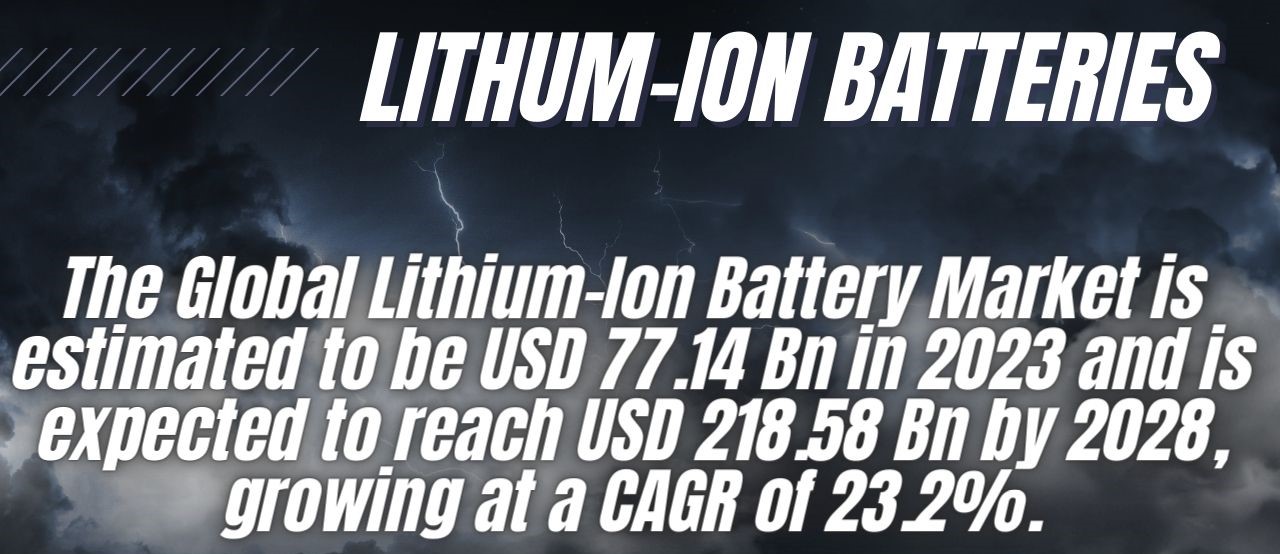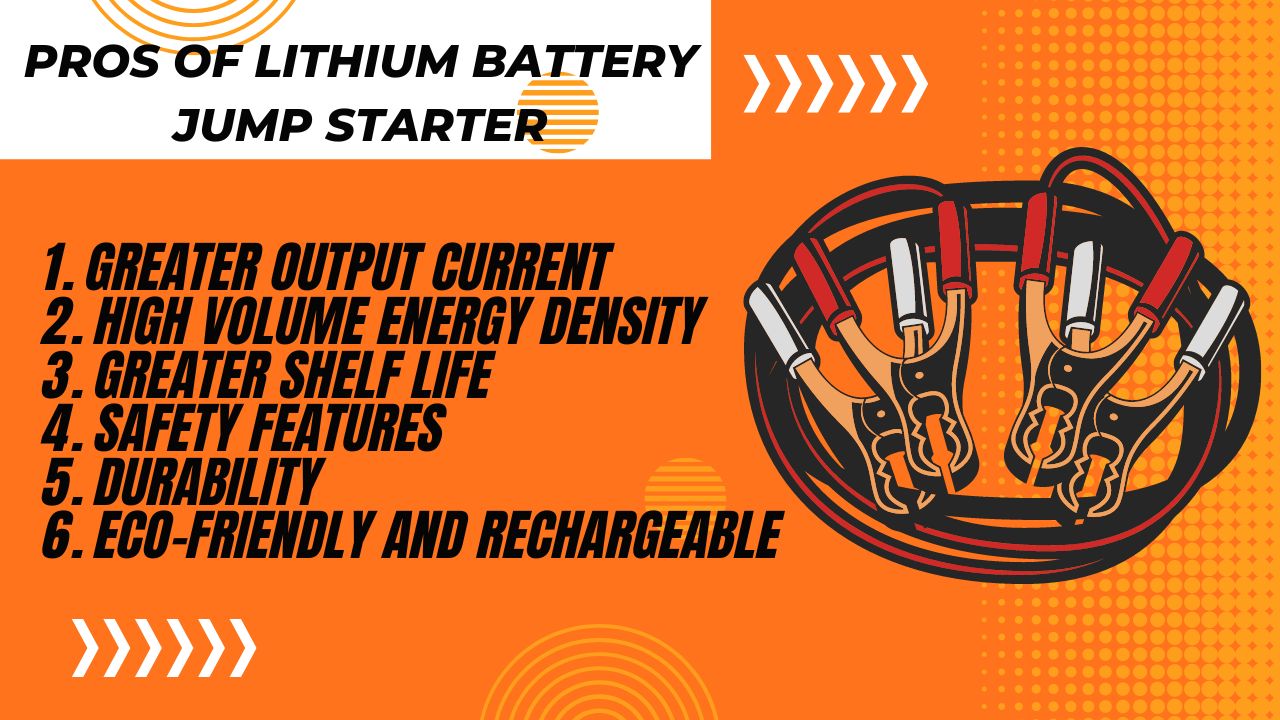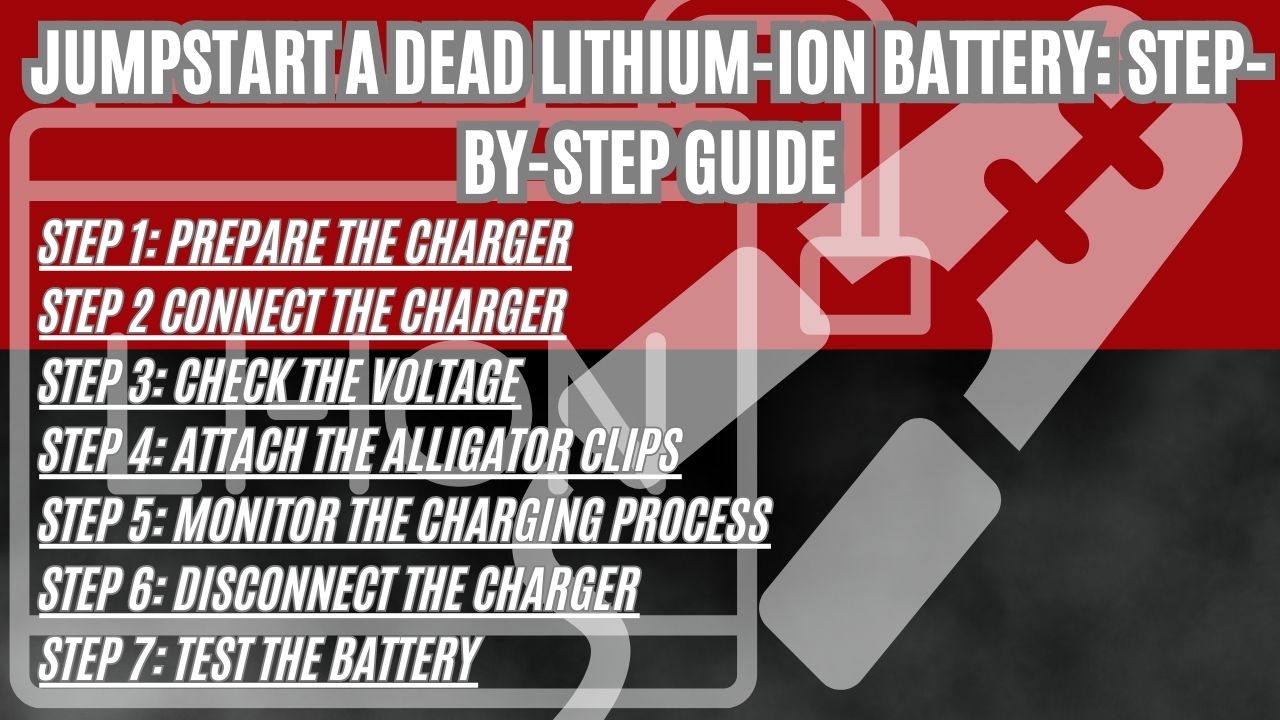A dead lithium battery can be frustrating, and you must be thinking about how to jumpstart a dead lithium-ion battery, especially when you need your electronic device to function.
However, with the right knowledge and steps, it is possible to jumpstart a dead lithium-ion battery and bring it back to life.
In this comprehensive guide on how to jumpstart a dead lithium-ion battery, lithium-ion batteries offer many benefits, but sometimes because of excessive pressure many lithium batteries die. We will provide you with the necessary information and step-by-step instructions to revive a dead lithium-ion battery safely and effectively.

Before we delve into the process of how to jumpstart a dead lithium-ion battery, it’s essential to have a basic understanding of how these batteries work.
Lithium-ion batteries are widely used in various portable electronic devices due to their high energy density, lightweight design, and long-lasting performance.
These batteries consist of a positive electrode (cathode), a negative electrode (anode), and an electrolyte.
What is a Lithium Battery Jump Starter?

A lithium battery jump starter is a portable device that uses a lithium battery to jump-start a car or motorcycle. It is a safer and more compact alternative to traditional lead-acid jump starters. Lithium battery jump starters are also more reliable for hot-weather car batteries, as they are less susceptible to overheating.
Here are some of the benefits of using a lithium battery jump starter:
- They are lighter and more compact than traditional lead-acid jump starters.
- They are safer to use, as they do not produce fumes or acid.
- They are more reliable in hot weather.
- They have a longer lifespan than lead-acid jump starters.
If you are looking for a safe, reliable, and compact jump starter for your car or lithium motorcycle battery, a lithium battery jump starter is a great option.
Here are some additional details about lithium battery jump starters:
- Lithium battery jump starters are a convenient and portable way to start a car or motorcycle that has a dead battery. They typically have a higher cranking amps (CCA) rating than lead-acid jump starters, which means they can provide more power to start a vehicle. They can also be used to power other devices, such as laptops, tablets, and smartphones, by using the USB ports or the DC outlet. Some lithium battery jump starters come with built-in flashlights, which can be helpful in case of an emergency or if you need to check the swimming pool. Lithium battery jump starters are easy to use and store, and they have a longer lifespan than lead-acid ones.
What are the Pros of Lithium Battery Jump Starter?

The high performance of lithium batteries is well known. And lithium batteries are the parent of lithium jump starters.
Lithium jump starts thus have a greater energy density, a more compact design, and a lighter overall weight.
Consequently, a lithium jump starter is portable. The following are thorough explanations of lithium batteries’ good performance for those unfamiliar with the sector.
1. Greater Output Current
A significant current can be generated by a high discharge rate. When compared to lead-acid batteries, lithium battery packs perform far better when powering high-current loads like air conditioners or microwaves because they can be powered down at high current rates without losing Ah capacity, but lead-acid batteries can have their Ah rating reduced to 40% at high discharge rates.
2. High Volume Energy Density
The volume of lithium batteries is typically 30% less than that of lead-acid batteries for the same amount of capacity since the volume capacity density of lithium batteries is typically roughly 1.5 times that of lead-acid batteries.
3. Greater Shelf Life
Compared to lead-acid batteries, lithium batteries have a longer shelf life. They can maintain their charge for long periods of time, sometimes many months, without experiencing severe self-discharge.
This implies that a lithium jump starter may be kept in your car or emergency bag and used even after extended periods of inactivity.
4. Safety Features
Advanced safety safeguards are included in lithium battery jump starters to safeguard both the operator and the machine. These safety measures guard against short circuits, reverse polarity, overcharging, over-discharging, and other hazards.
They are intended to reduce the possibility of mishaps or damage when the vehicle is being jump-started.
5. Durability
Batteries made of lithium are renowned for being strong and resilient. They are more resistant to vibration, stress, and high or low temperatures than lead-acid batteries.
Because of its toughness, the jump starter will always work and be dependable, even under difficult circumstances.
6. Eco-friendly and Rechargeable
Jump starter lithium batteries may be recharged, allowing for several uses before needing to be replaced.
Compared to lead-acid batteries or any other type of batteries that are only used once, lithium jump starters are more ecologically beneficial due to their reusability, which decreases waste.
How To Jumpstart a Dead Lithium-Ion Battery: Step-By-Step Guide

Follow these steps carefully to jumpstart a dead lithium-ion battery:
Step 1: Prepare the Charger
Prepare the charger Ensure that the charger you are using is compatible with the lithium-ion battery you want to jumpstart.
Refer to the battery’s user manual or specifications to determine the appropriate charging voltage and current.
Step 2 Connect the Charger
Connect the charger or power source Connect the charger or power source to a power outlet or an appropriate power supply. Make sure the charger is turned off before proceeding.
Step 3: Check the Voltage
Check the voltage Using a multimeter, measure the voltage of the dead lithium-ion battery. This step is optional but recommended to determine the current state of the battery.
Step 4: Attach the alligator Clips
Attach the alligator clips or jumper cables Connect the positive terminal (+) of the dead lithium-ion battery to the positive terminal of the charger or power source.
Similarly, connect the negative terminal (-) of the dead battery to the negative terminal of the charger or power source. Ensure that the connections are secure and tight.
Step 5: Monitor the Charging Process
Monitor the charging process Turn on the charger and monitor the charging process. Keep an eye on the battery and charger for any signs of overheating, swelling, or unusual behavior. If you notice any abnormalities, disconnect the charger immediately and seek professional assistance.
Step 6: Disconnect the Charger
Disconnect the charger or power source Once the dead lithium-ion battery has reached an acceptable voltage level, disconnect the charger or power source. Safely remove the alligator clips or jumper cables, starting with the negative terminal (-) first.
Step 7: Test the Battery
Test the revived battery. After disconnecting the charger, give the revived lithium-ion battery a few minutes to stabilize.
Then, insert it into the electronic device it powers and turn the device on. If the battery successfully powers the device, congratulations! You have successfully jumpstarted the dead lithium-ion battery.
Troubleshooting Tips:
Sometimes, despite jumpstarting your vehicle, you may encounter issues where the battery fails to hold a charge or operates optimally.
In such situations, it is important to follow some troubleshooting tips to identify and resolve the problem. Firstly, check the charger or power source to ensure it is compatible with your battery. Incompatible chargers can cause inadequate charging or damage to the battery, which is why the quality of the lifepo4 battery charger is really important.
Additionally, thoroughly inspect the battery for any physical damage or signs of swelling, as these can indicate internal issues.
It is also crucial to ensure that all connections between the battery and the charging system are secure and clean. Loose or dirty connections can hinder the flow of electricity and prevent proper charging.
Battery Maintenance Tips:
To extend the lifespan of your lithium-ion battery and ensure its optimal performance, it is essential to adhere to proper maintenance practices.
By following these maintenance tips, you can enhance the durability and efficiency of your battery. Firstly, avoid overcharging the battery or allowing it to discharge completely.
Overcharging can lead to excessive heat generation and damage the battery’s internal components, while complete discharge can strain the battery and reduce its capacity over time.
It is also crucial to store the battery in a cool and dry place, as high temperatures and moisture can negatively affect its performance and longevity. Extreme temperatures, both hot and cold, should be avoided, as they can cause rapid deterioration or malfunctioning of the battery. Top of Form
Safety Precautions:
Before attempting to jumpstart a dead lithium-ion battery, it is crucial to prioritize safety. Here are some essential safety precautions regarding the Lifepo4 battery jumpstart process.
Ensure proper ventilation in the charging area to prevent the buildup of potentially hazardous gases. Wear safety goggles and gloves to protect yourself from potential battery leaks or spills.
Keep flammable materials away from the charging area. Avoid exposing the battery to extreme temperatures or direct sunlight.
Equipment Required:
How to jumpstart a dead lithium-ion battery, you will need the following equipment:
- Compatible charger or power source.
- Alligator clips or specialized jumper cables.
- Safety goggles and gloves.
- Multimeter (optional) to measure voltage.
Now that you have learned how to jumpstart a dead lithium-ion battery you can save yourself from unnecessary expenses and inconvenience.
By following the step-by-step guide and taking the necessary precautions, you can successfully revive a dead lithium-ion battery and bring your electronic devices back to life. However, if you prefer professional help, TCS Alliance is a platform that connects clients with cleaning contractors who can help you remove dirt, dust, and debris from your lithium-ion battery, as well as any corrosion or oxidation. Their registered contractors can also help to extend the lifespan of your battery and improve its performance. Remember to prioritize safety throughout the process.
FAQs:
Can I jumpstart a lithium-ion battery that has been completely drained for an extended period?
A lithium-ion battery that has been totally depleted for a considerable amount of time can be jumpstarted. The battery may have irreparable damage if it has been over-drained for an extended period and may not be able to retain a charge properly.
How often should I recharge my jump starter to keep it ready for use?
Recharging your jump starter on a regular basis is advised, especially if it hasn’t been used recently. For optimum results, it is advised to adhere to the manufacturer’s recommendations for charging frequency.
How long should I charge the dead lithium-ion battery before attempting to jumpstart it?
Depending on how much of a charge a dead lithium-ion battery still has and the charger being used, it may take longer to recharge. Generally speaking, it is best to charge the battery for a couple hours minimum, or until the charger displays a full charge.


